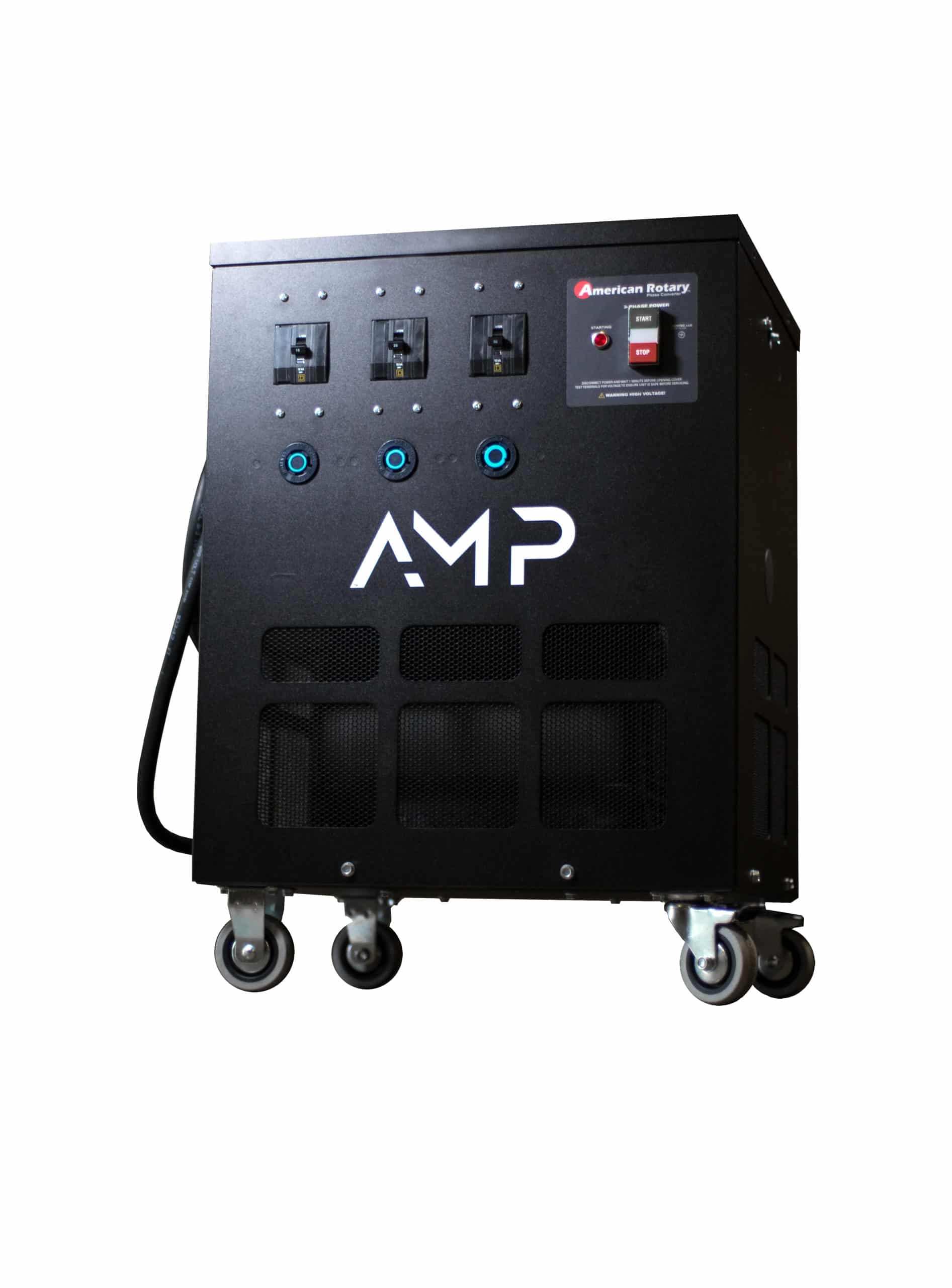-
Welcome back Guest! Did you know you can mentor other members here at H-M? If not, please check out our Relaunch of Hobby Machinist Mentoring Program!
You are using an out of date browser. It may not display this or other websites correctly.
You should upgrade or use an alternative browser.
You should upgrade or use an alternative browser.
Home three phase
- Thread starter Marcduper
- Start date
- Joined
- Mar 9, 2018
- Messages
- 465
Pictures!!! I've got a 2-axis Bridgeport CNC (EZ-Trak) and love it.
Is yours 1.5 or 2hp?
I've been running this VFD on my 1.5HP Bridgeport for a little over a year:
No problems whatsoever.
Is yours 1.5 or 2hp?
I've been running this VFD on my 1.5HP Bridgeport for a little over a year:
No problems whatsoever.
- Joined
- Feb 8, 2014
- Messages
- 11,144
The quick answer is: It depends. 
Many times the spindle motor (and maybe the coolant pump) is the only motor that requires 3 phase. So a VFD is a good option. Most of the controls are single phase so can be run directly off of the single phase line.
A little more information on your machine would be helpful.
Many times the spindle motor (and maybe the coolant pump) is the only motor that requires 3 phase. So a VFD is a good option. Most of the controls are single phase so can be run directly off of the single phase line.
A little more information on your machine would be helpful.
- Joined
- Apr 23, 2018
- Messages
- 6,508
I'm from another school of thought, where I consider the amount of electrical that would have to be traced and re-done to accommodate a CNC-modified mill. The electrical panel on that machine is probably stuffed to the gills. If that's the case, a rotary phase converter lets you keep the electrical panel intact. Rotary power (RPC) is easier in cases like yours (and mine).
- Joined
- May 3, 2017
- Messages
- 1,997
I have been using a rotary phase converter for a few years now and have had no problems. It's a fairly simple install, and it gives you capacity if you ever want to additional pieces of equipment. Right now, I have two lathes (one of which will be up for sale soon), a milling machine and a cabinet belt sander. When I contacted American Rotary, they advised that I determine the HP on my largest piece of equipment and double it. That's the capacity of the RPC I would need. At the time, my largest piece was 3 HP. I doubled it and rounded up to a 10HP unit. Glad I did because I have since upgraded to a 5HP lathe. I've had absolutely ZERO issues with the system. I even figured out how to wire all my peripherals (DRO, lights, etc.) through the system so everything is operational through a single plug.
One thing I have never attempted, however, is to run two pieces of equipment at the same time. Since I'm a one-man hobbyist, that's never even hit my radar screen, but I'm curious as to whether the system would handle it. I suspect it would, but I'm not curious enough to risk damaging anything.
Bottom line: The RPC works great, and I wouldn't exchange it for anything else.
Regards,
One thing I have never attempted, however, is to run two pieces of equipment at the same time. Since I'm a one-man hobbyist, that's never even hit my radar screen, but I'm curious as to whether the system would handle it. I suspect it would, but I'm not curious enough to risk damaging anything.
Bottom line: The RPC works great, and I wouldn't exchange it for anything else.
Regards,
- Joined
- Jan 1, 2018
- Messages
- 1,151
I built a 10hp rotary phase converter 20 years ago. The nice thing about a rotary phase converter is... "plug it in and go!"... no messing around with rewiring the machine for a VFD (Variable Frequency Drive). That said I am slowly rewiring each of my machines with VFD's.
Rotary phase converter:
-Easy! (Some tools like a lathe can get into some pretty complex wiring with a VFD)
-Any new machine- just bring it home and plug it in. You are ready to start using it immediately.
-A DIY rotary phase converter isn't difficult and can save a good deal of money over a commercial RPC.
-1 RPC can be used for EVERY 3 phase tool.
-Original tool controls can be maintained. (There can be no switches between a VFD and the motor so you can't just plug a machine into a VFD and go. You have to rewire the machine to make the VFD be the Machine switch/control.)
VFD:
-Quieter!!!!
-Softstart.
-Softstart current is MUCH lower than starting the rotary phase converter or a motor started by the rotary phase converter.
-Variable speed can be nice for several tools.
-These days VFD's are generally much cheaper for a single tool, especially if you purchase a pre-made RPC.
-No need to wire 3ph circuits throughout your shop to distribute 3ph power to each machine.
-Running off of 220v power (some times 120v power on small motors) is much more flexible for tool placement.
-1ph tools (VFD converted) usually have a higher resale value with the general public than 3ph tools.
I am sure there are other pros/cons for each but these are what come to my head immediately. Either route ends with a working machine. A CNC mill is one that I would guess will probably take a higher rewiring complexity for a VFD conversion.
Rotary phase converter:
-Easy! (Some tools like a lathe can get into some pretty complex wiring with a VFD)
-Any new machine- just bring it home and plug it in. You are ready to start using it immediately.
-A DIY rotary phase converter isn't difficult and can save a good deal of money over a commercial RPC.
-1 RPC can be used for EVERY 3 phase tool.
-Original tool controls can be maintained. (There can be no switches between a VFD and the motor so you can't just plug a machine into a VFD and go. You have to rewire the machine to make the VFD be the Machine switch/control.)
VFD:
-Quieter!!!!
-Softstart.
-Softstart current is MUCH lower than starting the rotary phase converter or a motor started by the rotary phase converter.
-Variable speed can be nice for several tools.
-These days VFD's are generally much cheaper for a single tool, especially if you purchase a pre-made RPC.
-No need to wire 3ph circuits throughout your shop to distribute 3ph power to each machine.
-Running off of 220v power (some times 120v power on small motors) is much more flexible for tool placement.
-1ph tools (VFD converted) usually have a higher resale value with the general public than 3ph tools.
I am sure there are other pros/cons for each but these are what come to my head immediately. Either route ends with a working machine. A CNC mill is one that I would guess will probably take a higher rewiring complexity for a VFD conversion.
Last edited:
- Joined
- Nov 23, 2014
- Messages
- 2,606
I have a circa 1981 Bridgeport 2 HP with an Anilam 2-axis CNC set up. The mill spindle is on a static phase converter, so instead of 2 HP I'm getting about 1.3 HP. Step pulley BP's are 1 HP, I haven't come close to stopping the spindle at the paltry 1.3 HP. The Anilam runs on 110V. The static converter was on the mill when I bought it. They run under $75, would probably go the same route if I was doing it from scratch. VFD would be nice for the variable speed, slower speed for tapping, etc., but with the static I didn't have to do any wiring.
Bruce
Bruce
- Joined
- Sep 8, 2019
- Messages
- 4,392
I bought a 10HP one of these for a 5HP lathe. I haven’t even uncrated it yet & the lathe won’t be here for another 6 weeks, so I can’t report on it’s functionality. I mainly chose it because it is 60 dB max, and I wanted plug and play because I have very little free time.

 www.americanrotary.com
www.americanrotary.com

AMP - Mobile Phase Converter - American Rotary
AMP Mobile - The AMP Mobile rotary phase converter is plug-and-play ready for a quick and cost-effective installation. Equipped to run 208-250V equipment in three tiers: Tier 1: 1 Breaker and 1 Receptacle Tier 2: 2 Breakers and 2 Receptacles Tier 3: 3 Breakers and 3 Receptacles These...
- Joined
- Sep 25, 2014
- Messages
- 1,107
Get a Phase Perfect. You get all the benefits listed above for an RPC, except the voltage balance from phase to phase is right on the supply voltage (and it is quieter than most RPCs). The PP is similar to an RPC in that it is only generating the L1-L3 and L2-L3 (the L1-L2 flows through). Obviously the current is still out of phase with the voltage - that's just life with phase converters.
I ran my shop on a 5 HP RPC for about 35 years. The 5 HP air compressor had no trouble. The 5 HP lathe would only give me one or two starts before tripping the overloads in the RPC. The change to the PP was triggered by purchasing a 15HP VMC. Now the whole shop runs on a 20HP PP - the machines are all happier.
The only down side, and it is a big one, is the cost. Buy once, cry once. I spent two years looking for a used one - trolling all the usual sites. They never seem to come up for sale as used. Now I know why - they are awesome.
I ran my shop on a 5 HP RPC for about 35 years. The 5 HP air compressor had no trouble. The 5 HP lathe would only give me one or two starts before tripping the overloads in the RPC. The change to the PP was triggered by purchasing a 15HP VMC. Now the whole shop runs on a 20HP PP - the machines are all happier.
The only down side, and it is a big one, is the cost. Buy once, cry once. I spent two years looking for a used one - trolling all the usual sites. They never seem to come up for sale as used. Now I know why - they are awesome.

